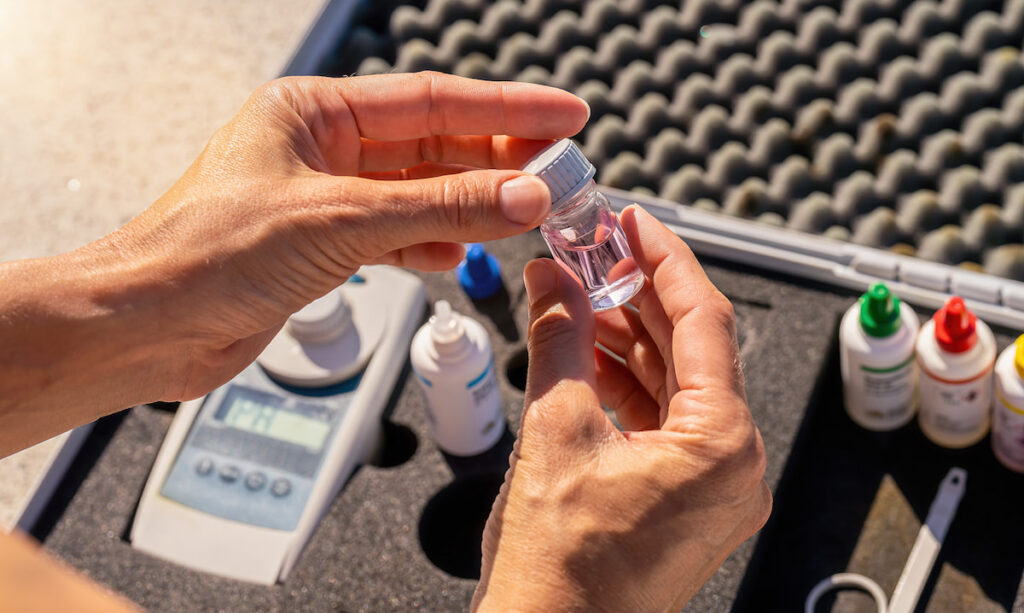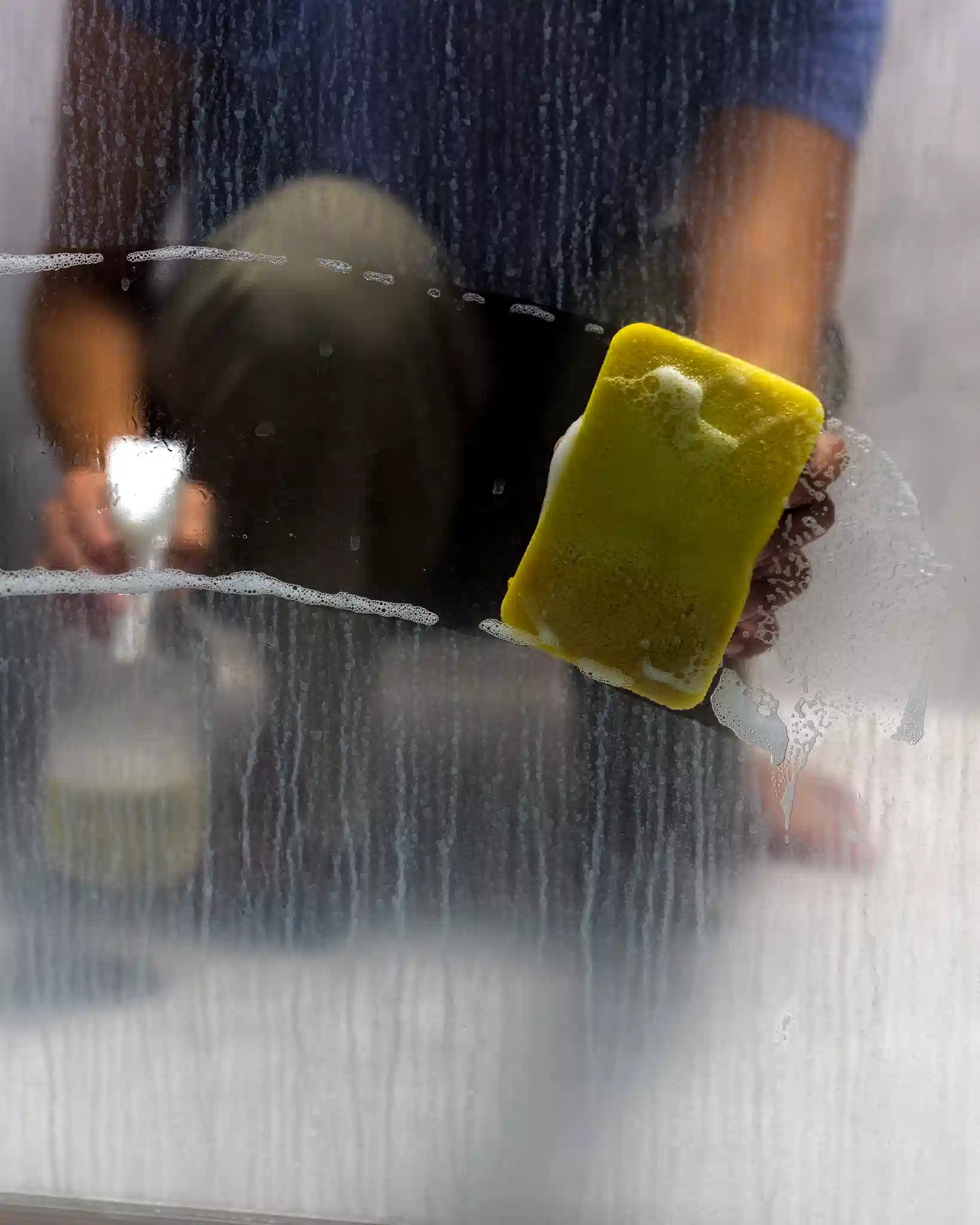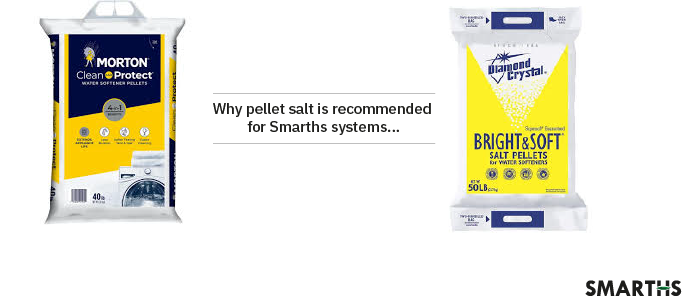How to Get Cleaner, Softer, Better-Tasting Water
If you’ve ever wondered why your water tastes “just okay,” leaves spots on glassware, or makes your skin feel tight after a shower, you’re not alone. The fix isn’t just any filter—it’s smart filtration: a new wave of whole-home and under-sink systems that pair proven treatment media with intelligent controls to save salt, water, time, and headaches. In my home projects, I’ve seen smart setups turn average municipal water into cleaner, softer, noticeably better-tasting water—with fewer maintenance chores than legacy systems.This guide breaks down what “smart” really means, how to choose between whole-house and under-sink options, and where single- vs dual-tank designs shine. I’ll also show how an add-on smart RO (reverse osmosis) gives you crisp, alkaline drinking water right at the sink. By the end, you’ll know exactly which combo fits your home, your family, and your budget—without getting lost in jargon.
What “Smart Filtration” Really Means (and Why It’s Different)
“Smart” isn’t just a Wi-Fi badge. In water treatment, it’s about intelligent control over how and when your system works—especially regeneration cycles for softening and the way filtration media handle contaminants. With a Smart Valve Technology approach, the system optimizes performance to deliver consistent water quality while trimming the extras: salt usage, water waste, and service calls. / Home Drinking Water Filtration Fact Sheet
From my installs, the difference shows up in daily life: shorter learning curves for the homeowner, fewer surprises with pressure or taste, and a clearer sense of what’s happening inside the tank. Smart valves can balance efficiency with comfort—so you keep that silky shower feel and tasty water without running up costs.
A smart home water strategy usually layers three ideas:
- Whole-house treatment to tackle chlorine, scale, and hardness before water touches your plumbing and appliances.
- Softening to protect fixtures, clothes, and skin while improving feel and soap performance.
- Point-of-use polishing (like smart RO) for the best-tasting, low-TDS, alkaline drinking water at the tap.
Whole-House vs. Under-Sink: Choose the Right Smart Setup
Think of whole-house systems as your defensive line: they filter and soften water for every tap, guarding pipes, water heaters, dishwashers, and laundry. Under-sink systems are your special forces at a specific faucet—perfect for cooking, ice, coffee, and daily hydration.
When I compare results side-by-side, whole-house treatment delivers the biggest lifestyle upgrade: cleaner showers, softer laundry, and less scale cleanup. But under-sink RO remains unbeatable for flavor and everyday confidence in what you drink. The sweet spot for many homes is a hybrid: whole-house smart filtration + under-sink smart RO.
When a Single-Tank System (TR-1) Is All You Need
If you’re on municipal water and want a compact, efficient solution, a single-tank smart system like Smarths TR-1 punches above its size. The goal is simple: cleaner, softer water with lower salt, water, and maintenance. In my experience, a well-tuned single-tank unit is perfect for small to mid-size households or tighter mechanical rooms—fewer parts, simpler install, fewer headaches.
Why the TR-1 approach works for many:
- Smart Valve control means you’re not over-regenerating or wasting resources.
- Compact footprint keeps space free for storage or future add-ons (like RO).
- Immediate lifestyle wins: better-tasting water at every faucet, softer showers, and happier appliances.
I’ve seen the TR-1 style of setup shine in condos and townhomes where space is premium. Owners report the water “just feels nicer,” coffee tastes cleaner even before RO, and dishware comes out with fewer spots—all while using less salt and water than older systems they replaced.
When to Go Dual-Tank for Continuous Performance (WR-1)
Larger households, high water-use patterns, or anyone who wants 24/7 soft, filtered water without downtime should look at a dual-tank design like Smarths WR-1. Two tanks allow one to recharge while the other keeps delivering treated water—so you don’t feel regeneration gaps.
What I like about the WR-1 concept:
- Continuous service: showers, laundry, and dishwashers stay on great water even during regen.
- Optimization: the smart valve logic reduces unnecessary cycles, cutting salt and water compared to traditional programming.
- Future-proofing: if your household grows or usage spikes (guests, new appliances), the WR-1 model keeps up.
In bigger homes I’ve worked on, dual-tank systems reduce complaints during peak hours. Families notice fewer water “mood swings,” and appliances—especially on-demand heaters and high-end dishwashers—benefit from steadier, softer inflow. / Smart filtration
The Case for Adding Smart RO at the Sink (RO-1)
Whole-house sets the stage, but drinking water is where picky palates become raving fans. Smarths RO-1 is a four-stage reverse osmosis system designed for pure, fresh, alkaline water at the tap. I like RO because it’s predictable: it strips out a wide range of dissolved solids (the stuff that can make tap water taste flat or metallic), then rebalances to a pleasant, alkaline finish that’s great for cooking and hydration.
Living with RO day to day: you taste the difference in coffee and tea, pasta water looks clearer, and ice is pristine. The RO-1 is built for modern kitchens—clean install under the sink, easy filter changes, and consistent output. For households that care about taste, wellness, and saving on bottled water, RO is that last 10% that changes how you feel about drinking from the tap.

Real-World Wins: Less Salt, Less Water, Happier Plumbing
A smart filtration plan isn’t just “nice to have”—it pays you back in ways you can see:
- Lower maintenance: intelligent regeneration means fewer service calls and less salt hauling.
- Protected plumbing: softer, filtered water is kinder to pipes, seals, and water heaters.
- Better daily experience: glassware shines, showers feel softer, towels stay fluffier longer.
From my rollouts, the pattern is consistent: a TR-1 single-tank setup yields quick comfort upgrades with lower resource use; stepping up to a WR-1 dual-tank keeps performance smooth even under heavy demand; adding RO-1 at the sink nails the taste and gives families “peace of mind” drinking and cooking every day. That blend—smart whole-house + smart RO—is the combo most homeowners stick with long term.
Installation & Maintenance: What to Expect with a Smart Valve
Good news: smart filtration systems aren’t fussy. A typical install maps like this:
- Assessment (inlet location, drain, power, space).
- Bypass and tank placement (single-tank TR-1 or dual-tank WR-1).
- Programming the smart valve to match your water profile and usage.
- Under-sink RO (RO-1) with dedicated faucet and fridge/ice option, if desired.
Maintenance is light: periodic salt checks for softening, media or cartridge changes per guidance, and a quick once-over on valve settings. Because the system isn’t over-regenerating, you’ll naturally use less salt and water than older models. In my follow-ups, owners love that they spend more time enjoying water and less time managing it.
Cost of Ownership: Regenerations, Media, and Savings Over Time
Total cost of ownership (TCO) depends on household size, hardness, and local rates—but smart control is your friend. By trimming unnecessary regenerations, you reduce salt purchases and wastewater. Your appliances and fixtures also lead longer, happier lives with fewer scale-related failures. Add an RO-1, and you’ll likely cut bottled water spend drastically while improving taste at every meal.
When I build a TCO picture with clients, we consider:
- Upfront: equipment + install for whole-house (TR-1 or WR-1) and optional RO-1.
- Ongoing: salt, filter/media changes, minimal servicing.
- Avoided costs: scale damage, premature heater replacements, and bottled water.
If you want to prioritize payback, start with TR-1 (or WR-1 for large homes) and add RO-1 when you’re ready—your plumbing and taste buds will thank you. / Smart Filtration

Smart Filtration FAQs (2025 Edition)
What is smart filtration, exactly?
It combines proven filtration/softening media with Smart Valve Technology to optimize performance and reduce salt, water waste, and maintenance—without sacrificing comfort.
Do I need both whole-house and RO?
For many homes, yes. Whole-house improves water quality everywhere and protects infrastructure; RO polishes drinking water to a pure, alkaline profile right at the sink.
Single-tank vs dual-tank—how do I choose?
Go single-tank (TR-1) for compact efficiency on municipal water and small-to-mid households. Choose dual-tank (WR-1) if you want continuous treated water 24/7 and your usage is high.
Will a smart system really save salt and water?
In my experience, yes—the smart valve’s optimized regeneration avoids waste typical of fixed-schedule systems, lowering ongoing costs and effort.
Is alkaline RO worth it?
If you care about taste and everyday hydration, yes. The RO-1 delivers clean, fresh, alkaline water that elevates coffee, tea, and cooking while cutting reliance on bottled water.
Conclusion
Smart filtration is the modern, homeowner-friendly way to get cleaner, softer, better-tasting water with less hassle. Start with a whole-house backbone—TR-1 if you want compact efficiency or WR-1 for continuous peak performance—then add RO-1 under the sink for pure, alkaline drinking water. With Smart Valve Technology dialing in regeneration, you’ll feel the upgrade every day, from the shower to the stovetop, while your plumbing and appliances quietly thank you behind the scenes.



